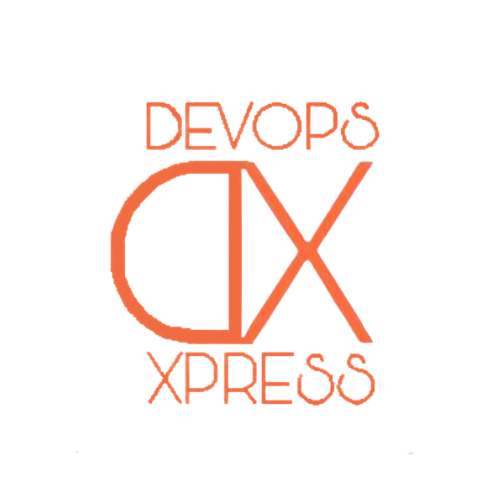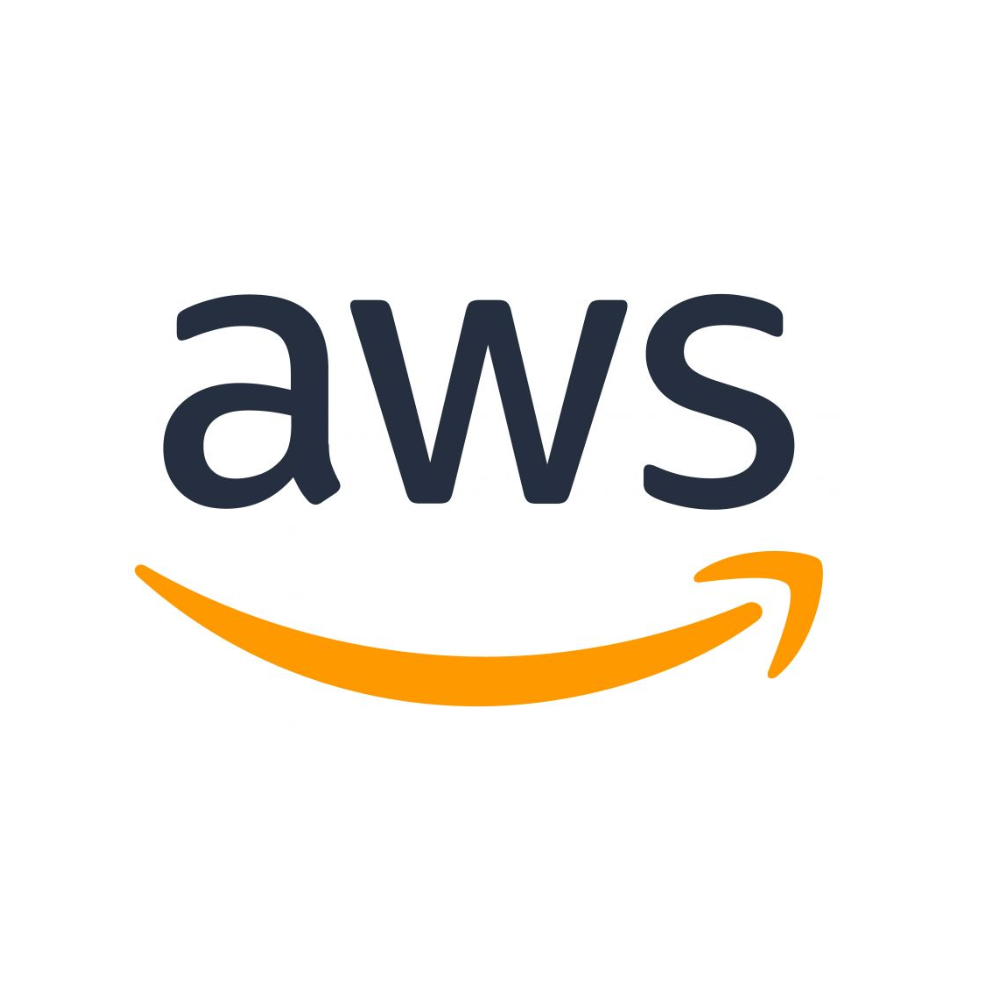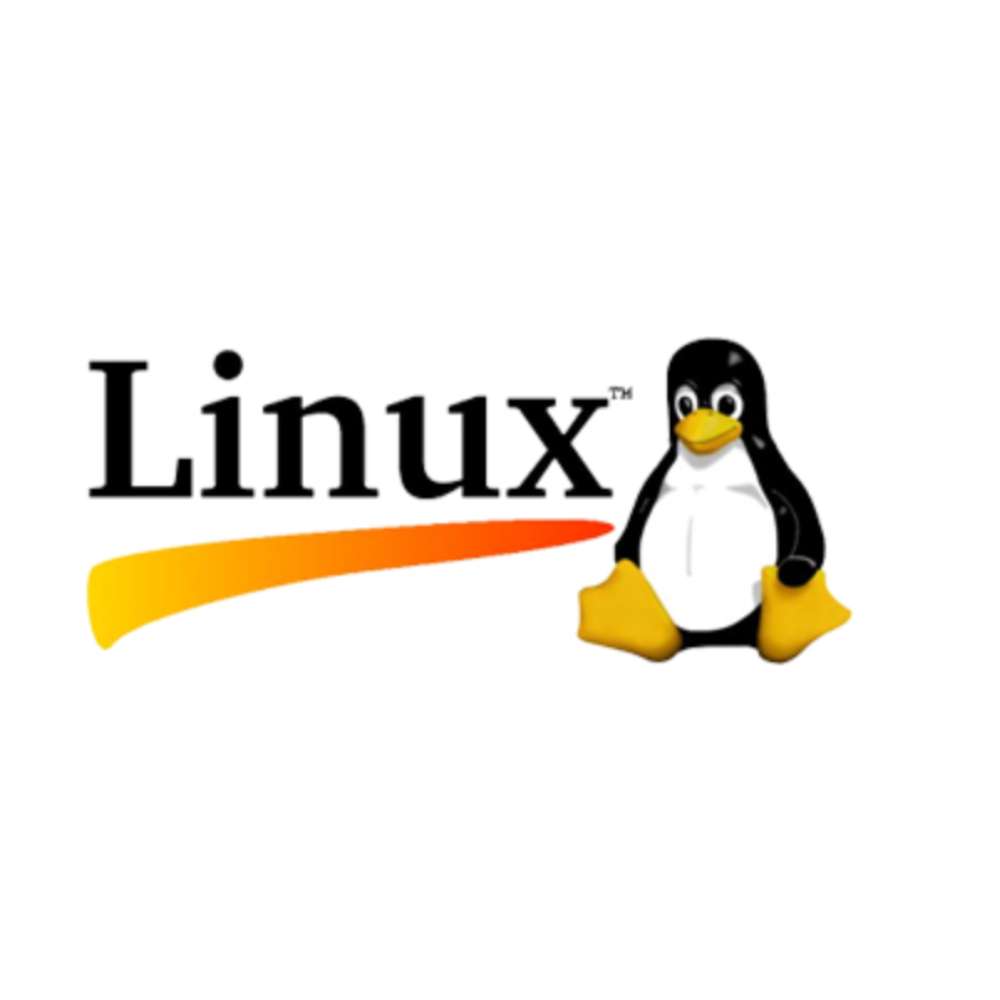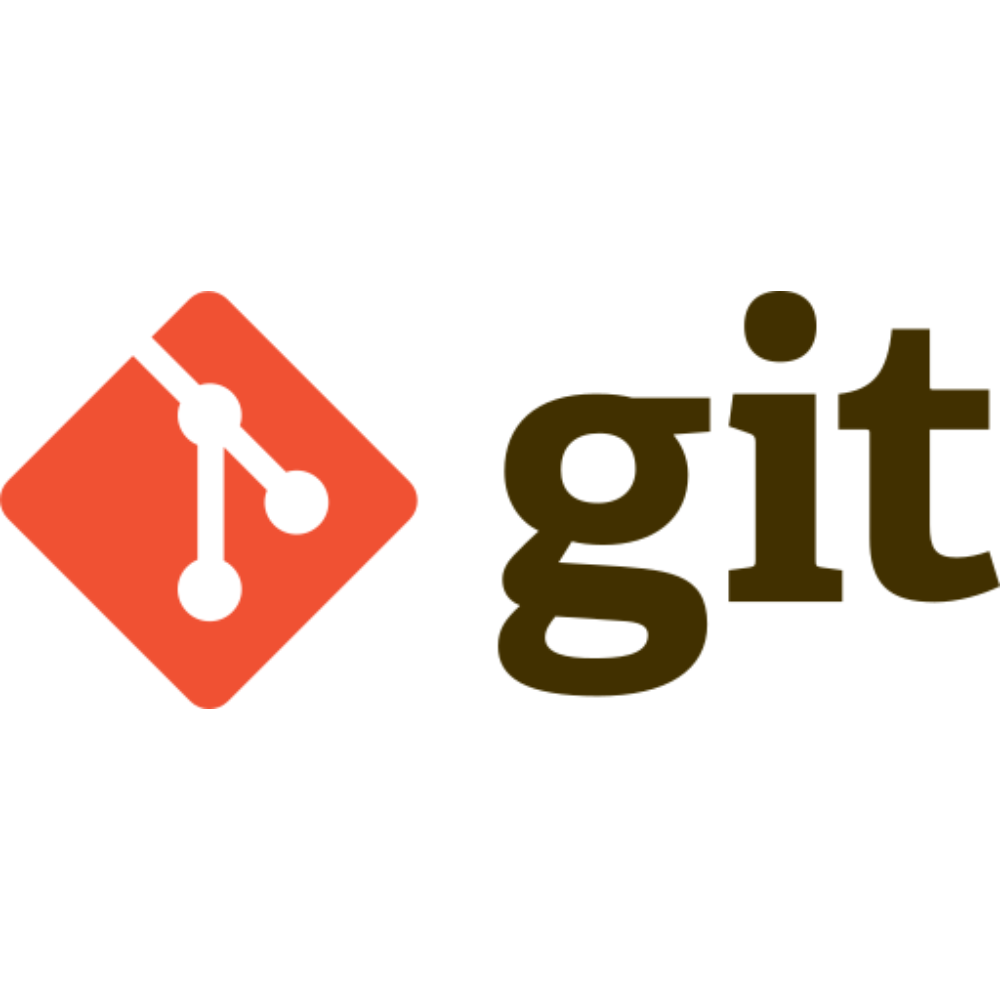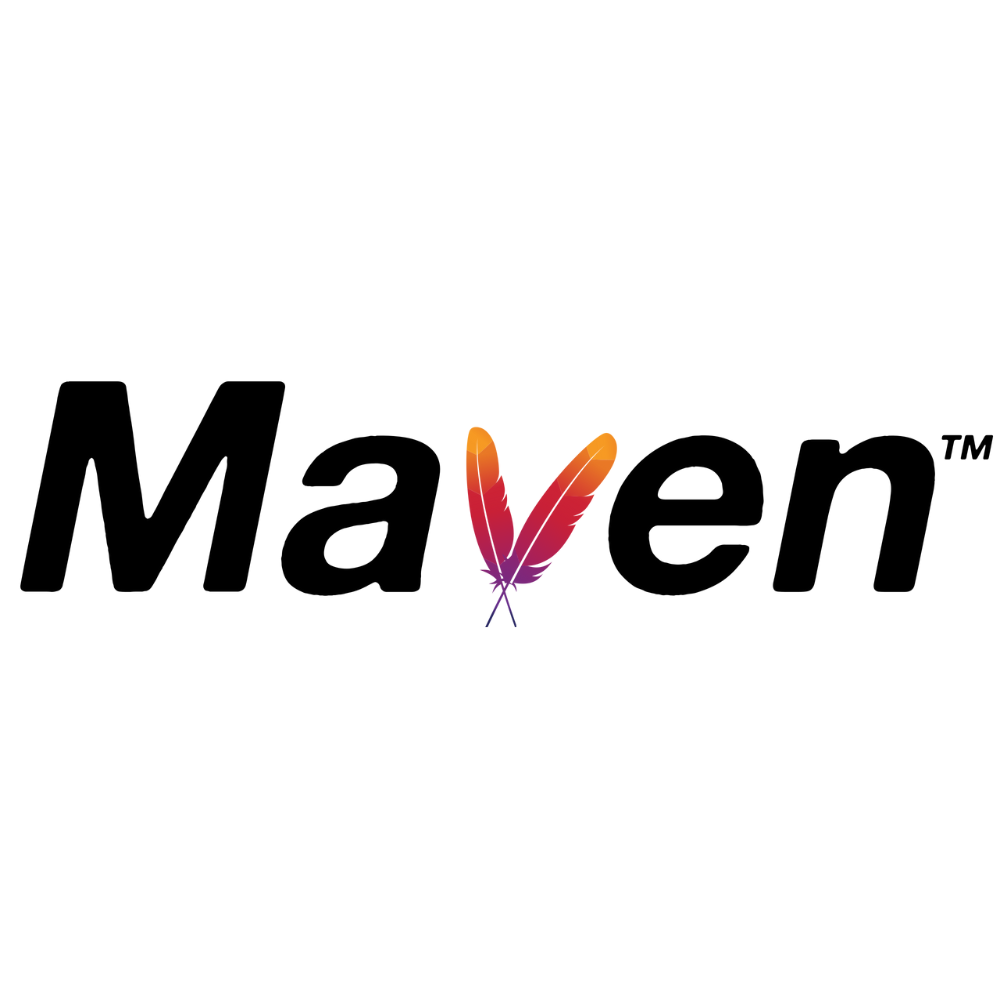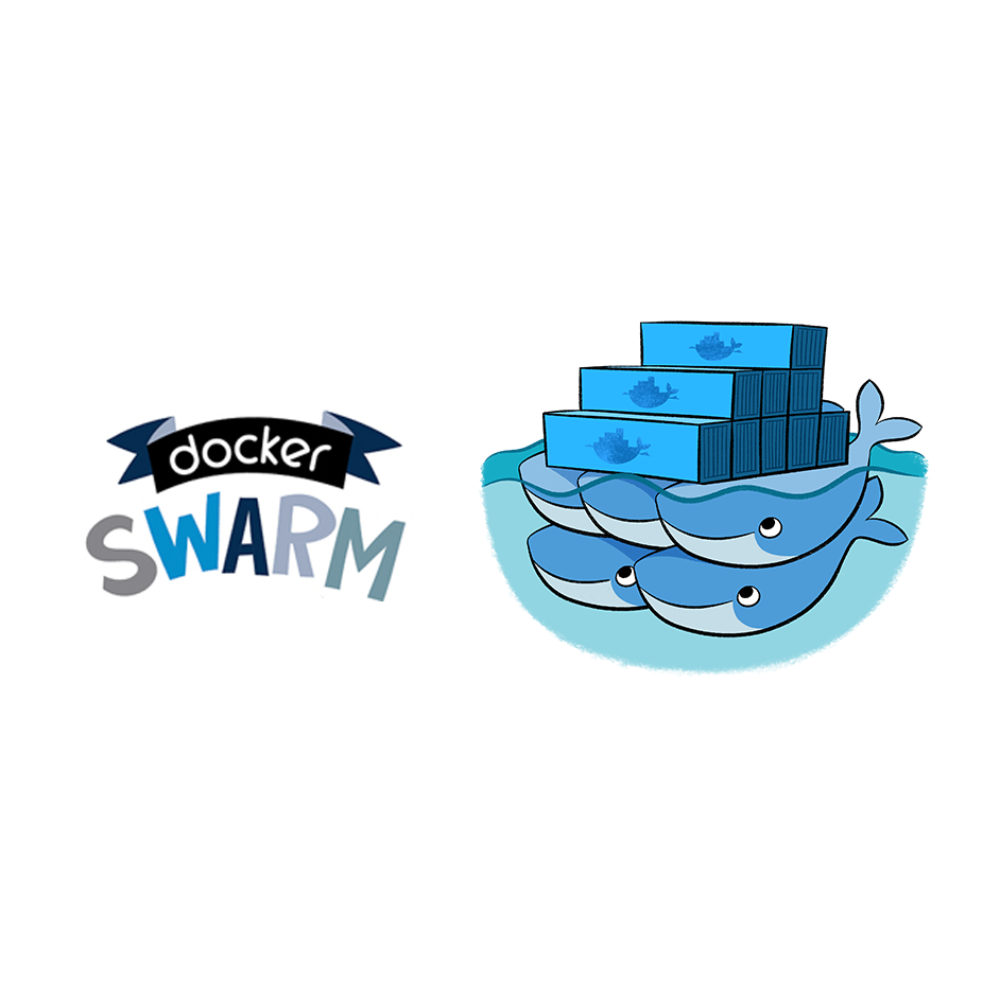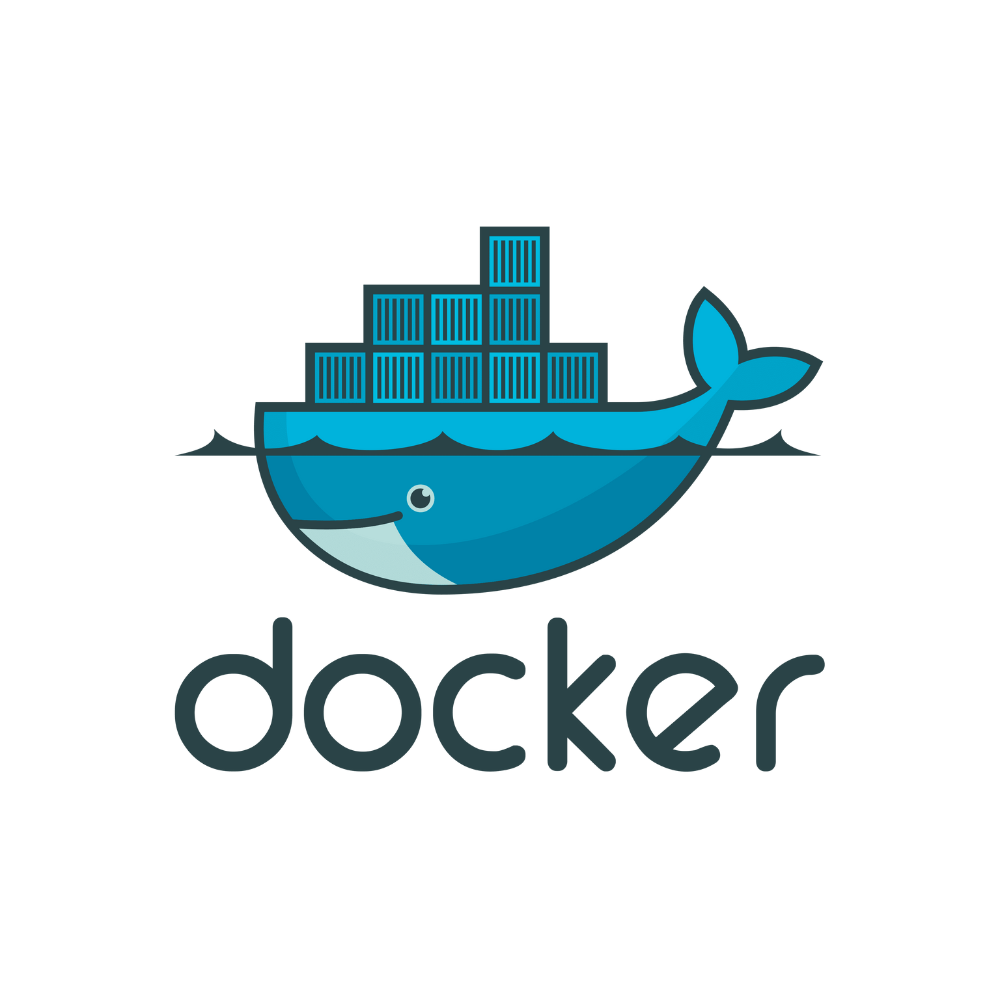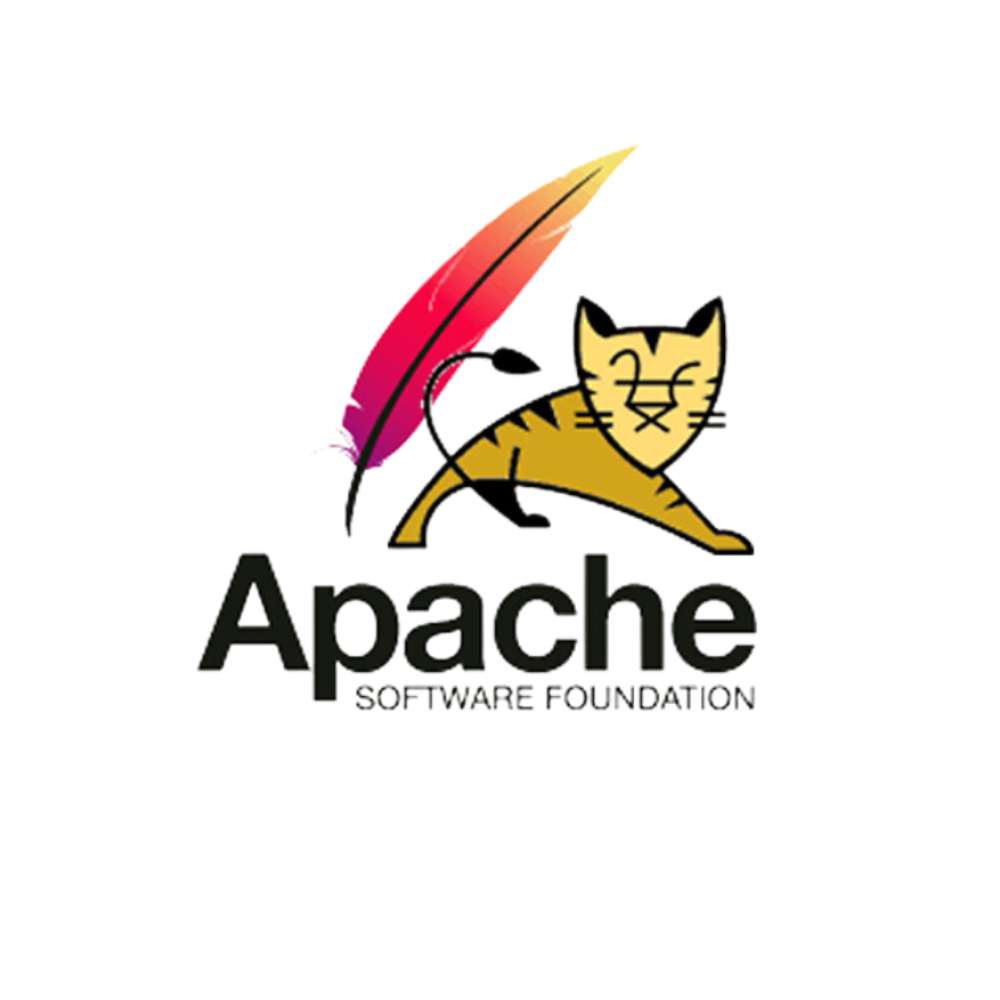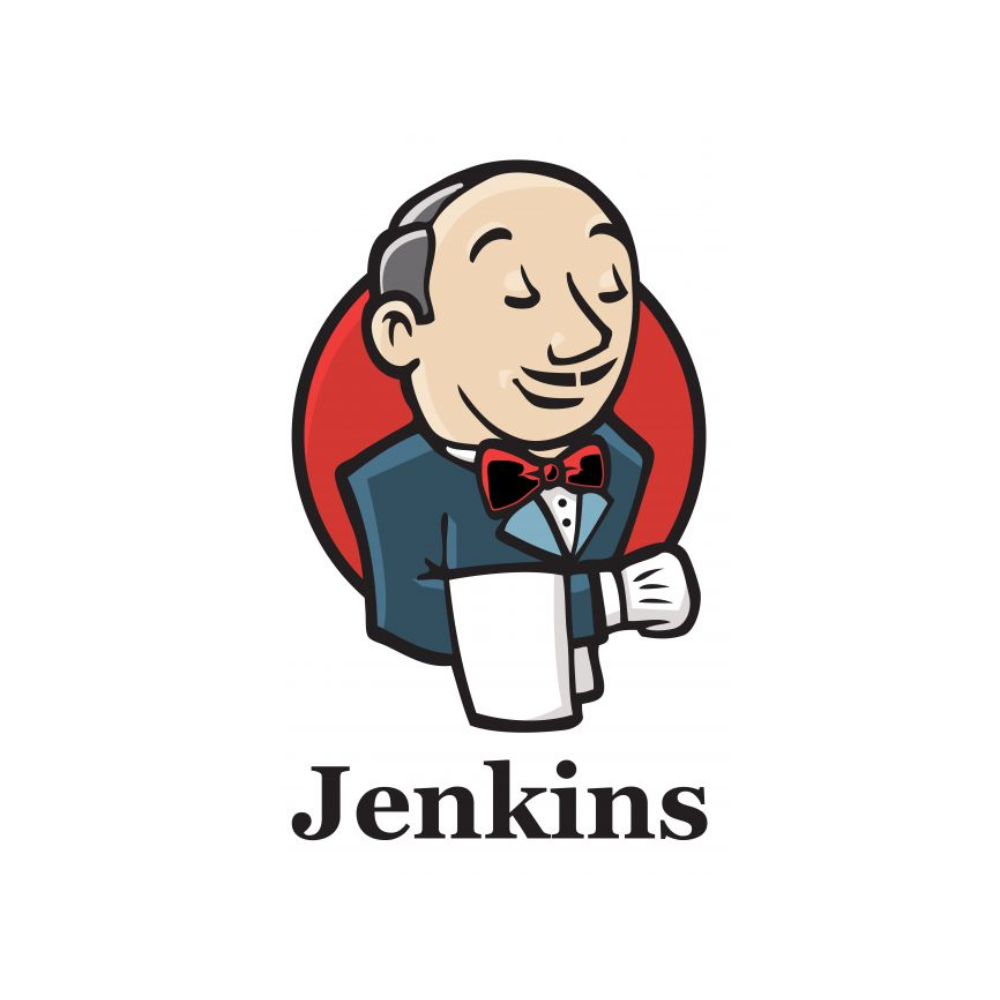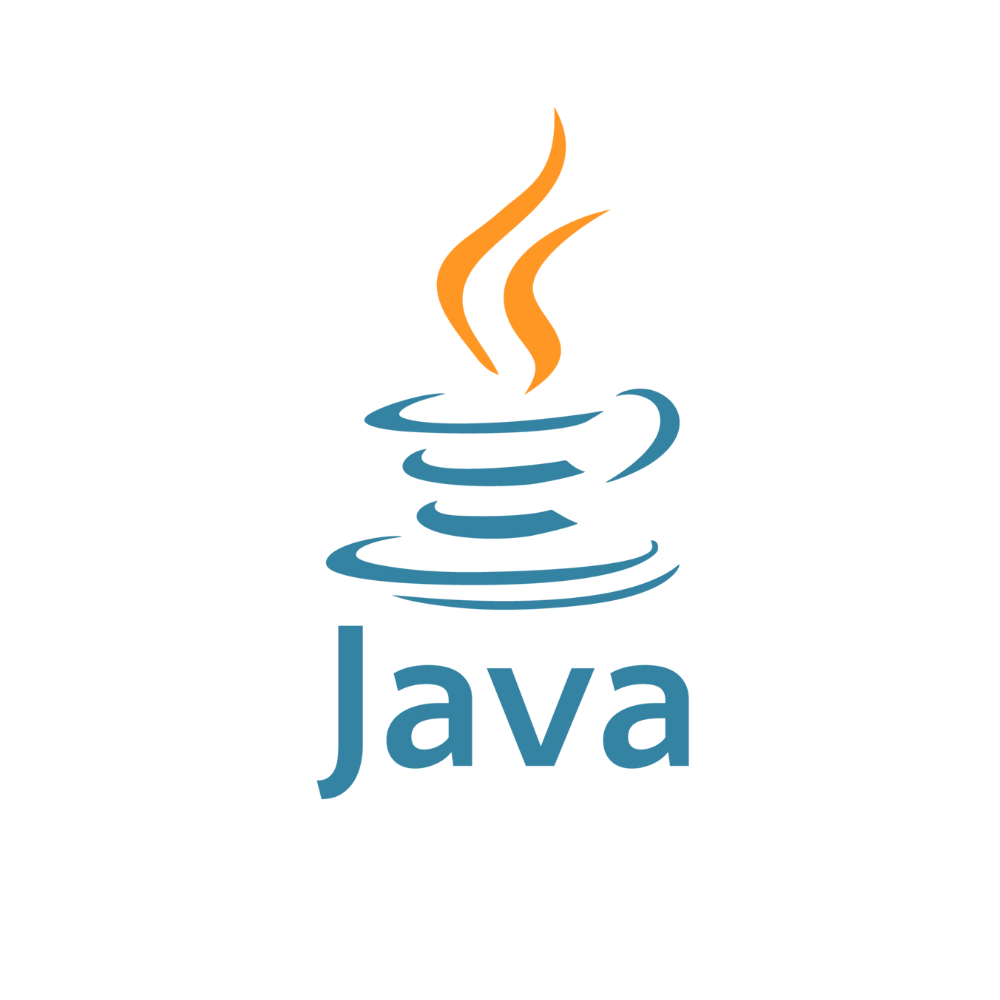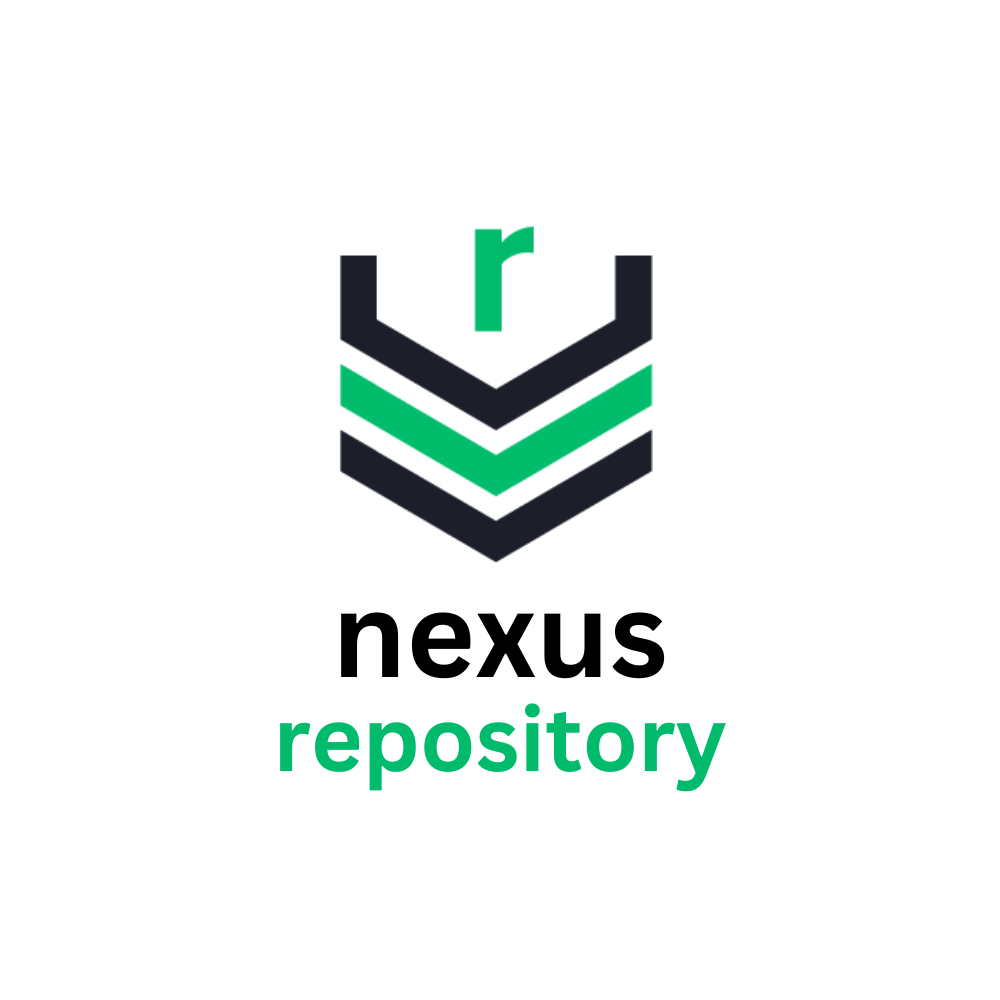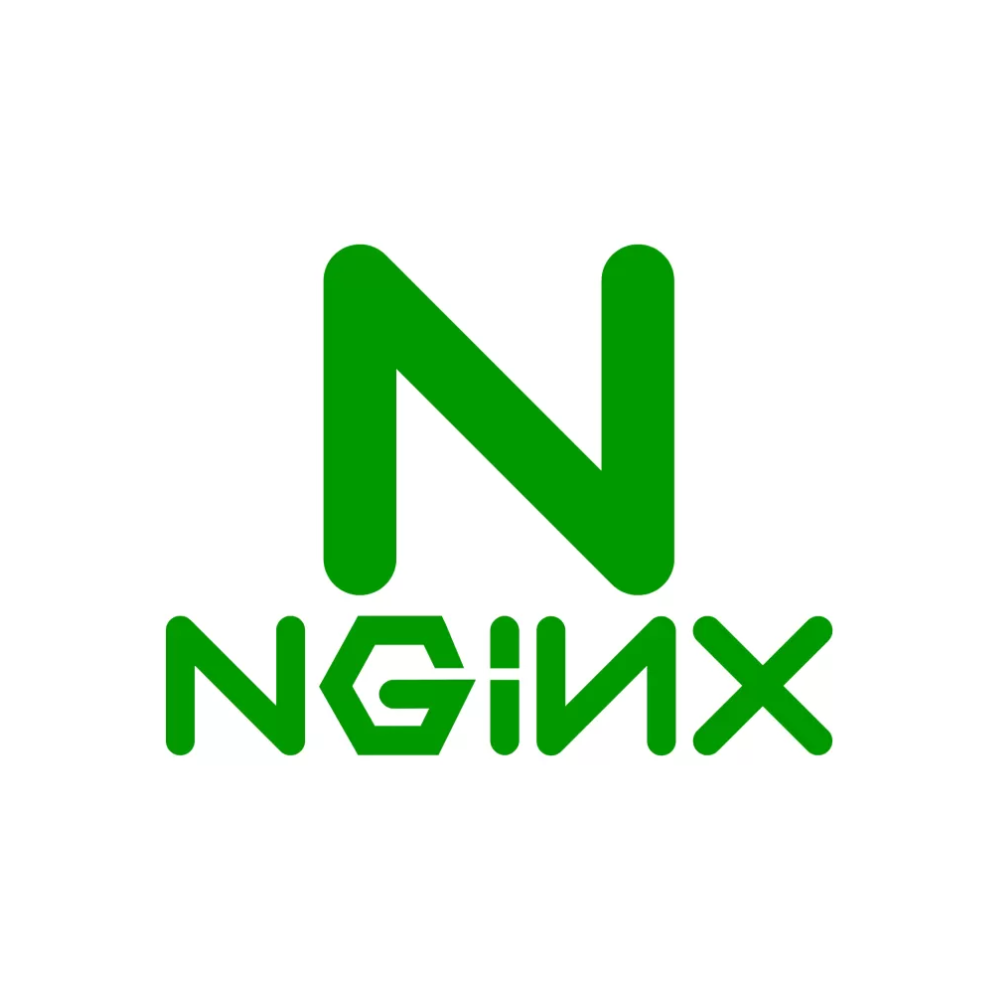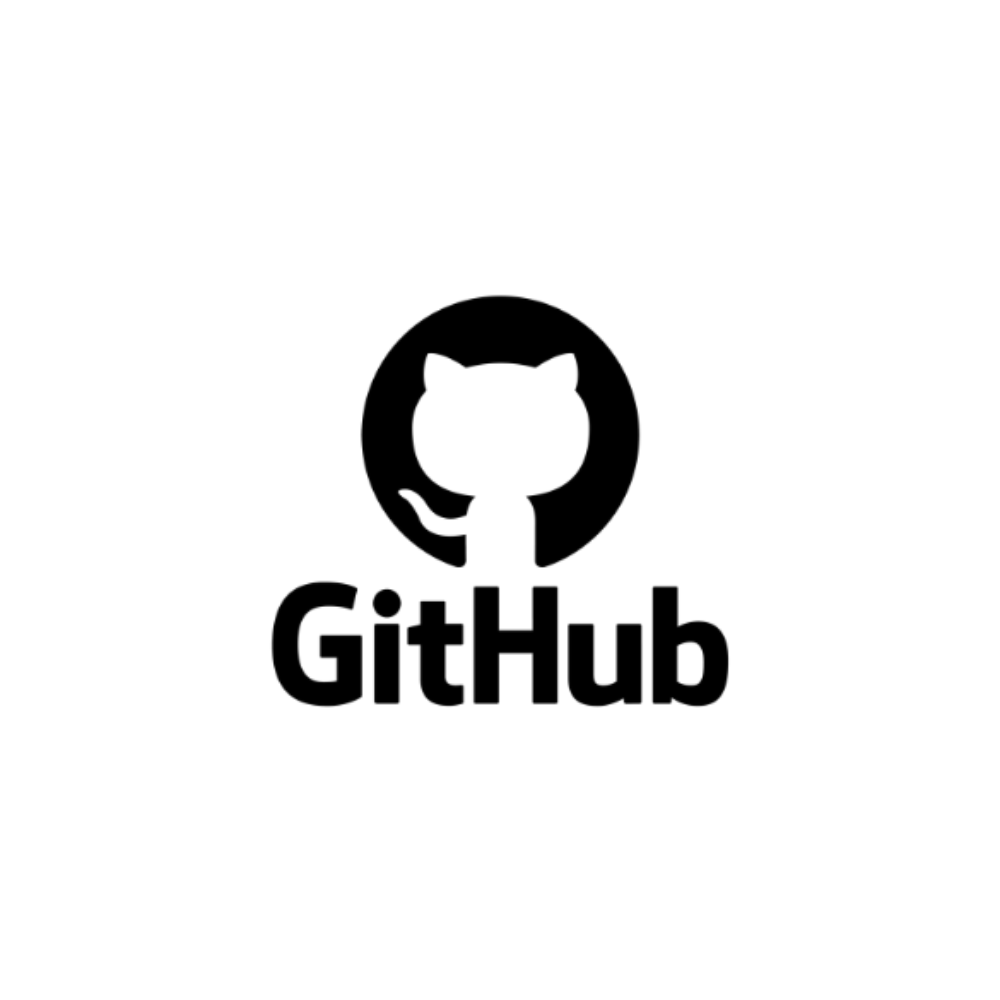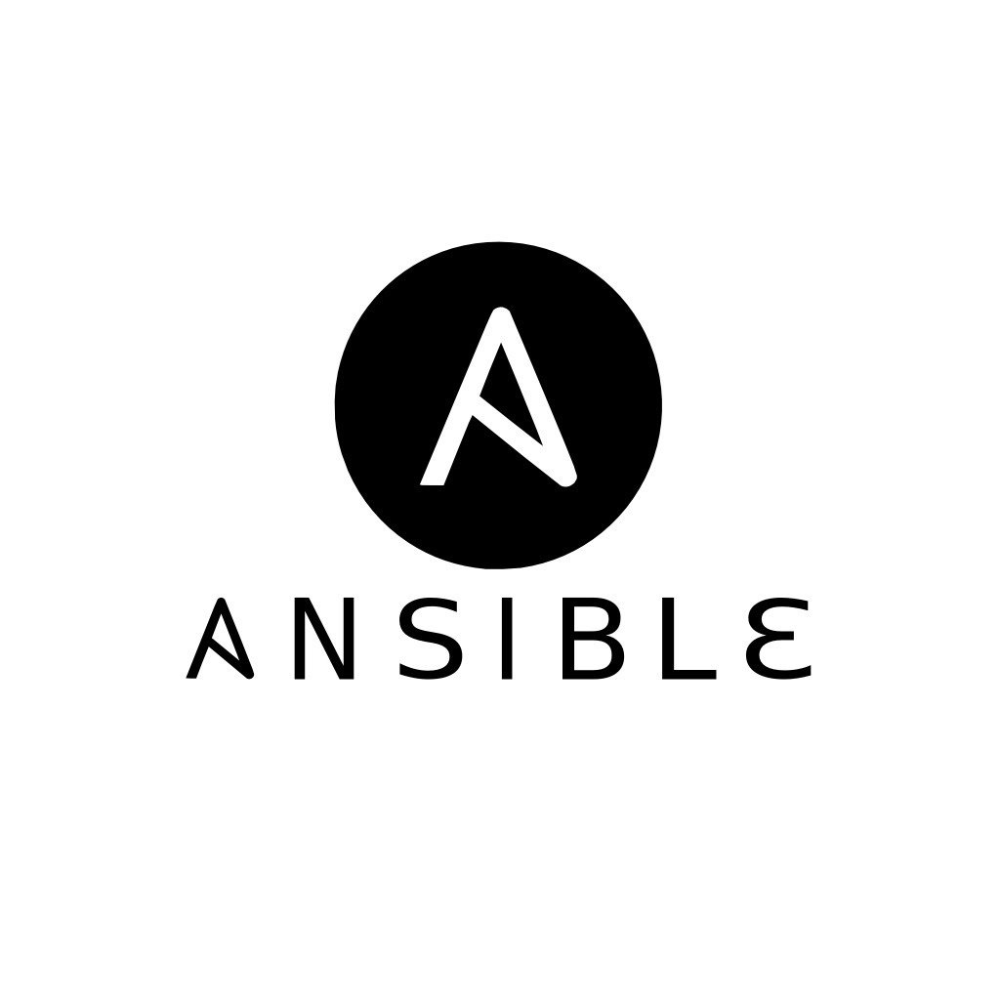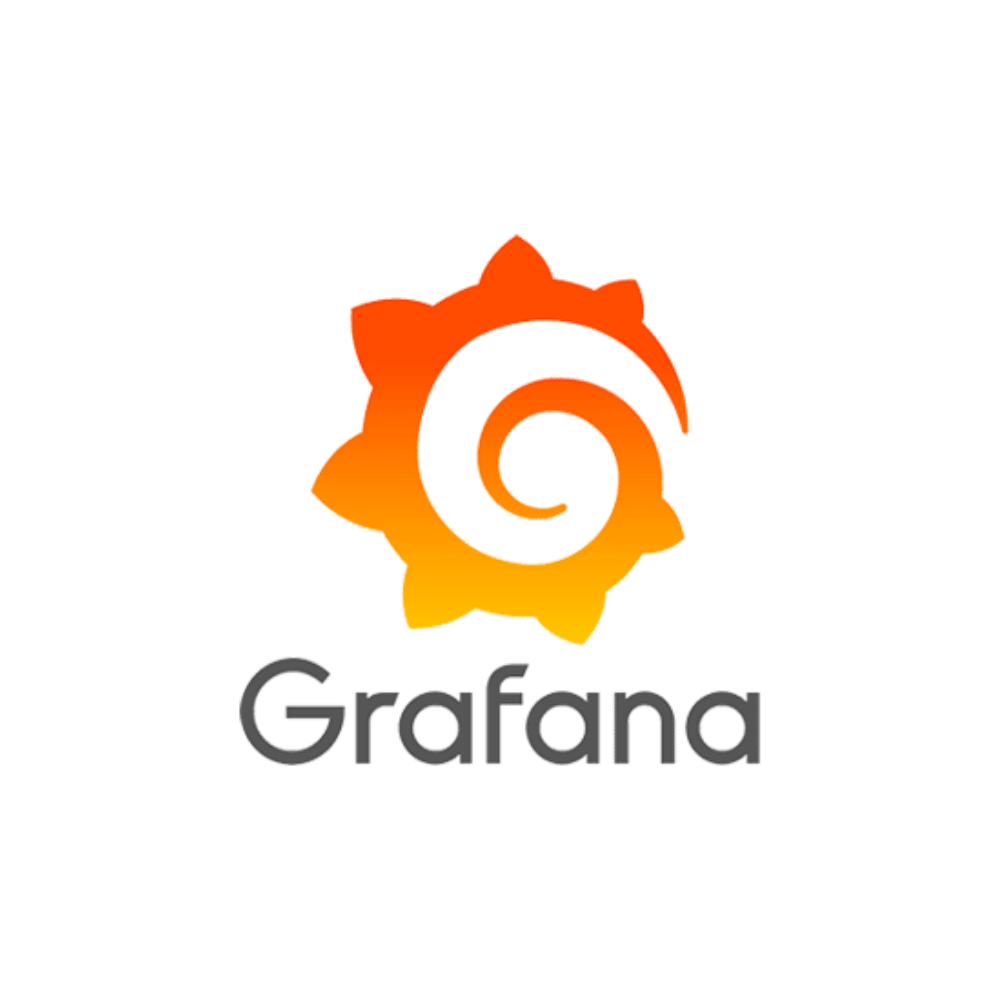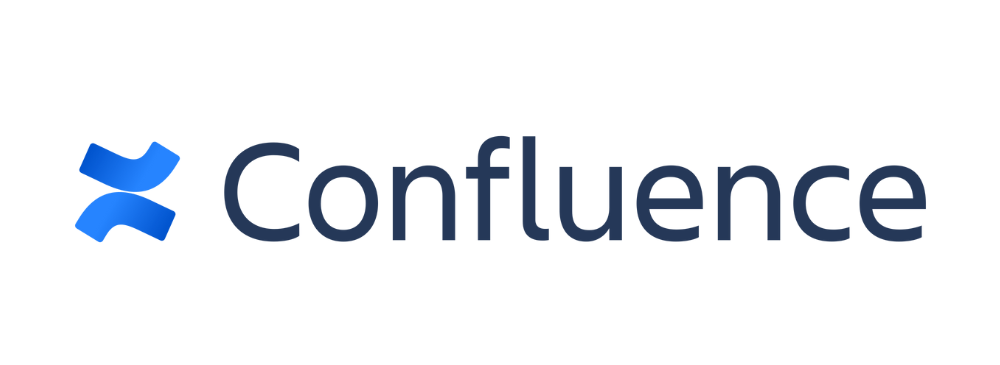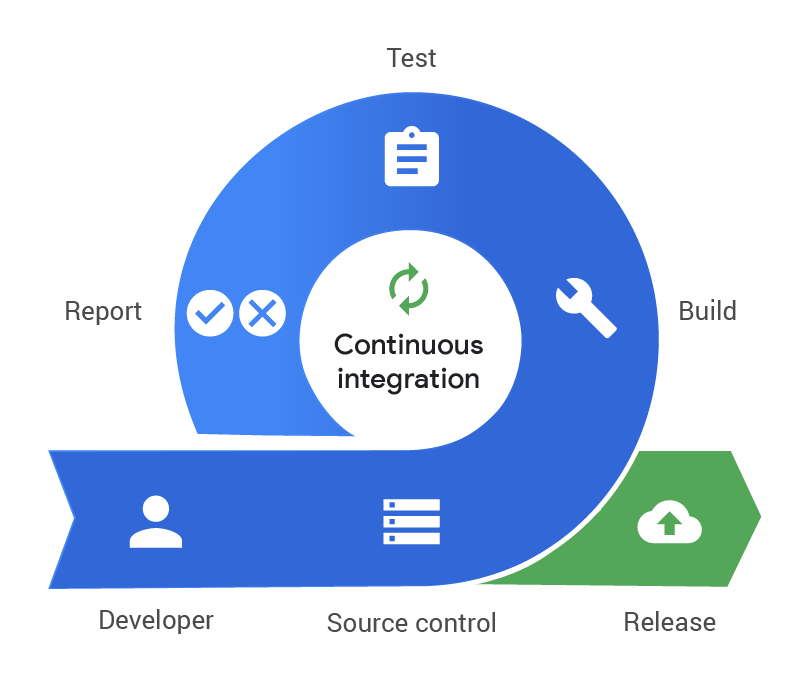Transforming Concepts into Reality by Providing Innovative Technology Solutions to Your Business Needs.
Join DevOps Xpress
Become a DevOps Engineer
The average DevOps Engineer makes about $135,000/year in US
Class Schedule
FRI: 6pm-9pm EST
SAT: 8am-11am EST
SUN: 3pm-6pm EST
Course Bonuses
Bootcamp
Linkedin Profiling
Interview Reviews & Preparation
Recorded Classes
Resume Health & Tips
Contact
Phone: (240) 426-0018
Email: Eopoku@umaryland.edu
Join DevOps Xpress
Our Story
Our Experts noticed a shift in the flow and demand of DevOps Engineers and how organizations are evolving through DevOps at a faster pace than the traditional software development and infrastructure process.
Syllabus
DevOps Introduction
Linus Basics & Admin
Shell Scripting
Git/GitHub
Maven
AWS Architect
SonarQube
Nexus and more
DevOps Jobs
- DevOps Engineer
- Site Reliability Engineer (SRE)
- Infrastructure Engineer
- DevSecOps Engineer
- CI/CD Engineer
- AWS/ Cloud Engineer
- Build & Release Engineer Operations Engineer
- Configuration Management Engineer
- Kubernetes Engineer
- Systems Administrator
- IT Project Manager & Scrum
- Platforms Engineer
A warm welcome to the Mastering DevOps Engineer Course : From Code to Deployment.
We're very excited to have you here! We hope you enjoy learning to master DevOps excellence and empower your engineering journey.
Take a look at some of the different jobs in DevOps and the topics you’ll be learning and getting trained on: We are offering hands-on training ranging from basic to expert knowledge. No prior IT knowledge is required!
- What is DevOps, and why are DevOps and Automation important?
- Software Development Life Cycle (SDLC)
- DevOps Model
- DevOps Life cycle
- Job Outlook/Market Trends and Career Scoop
- DevOps Toolchain Overview
- Introduction to Linux, pre-requisites and software installation on a desktop or laptop
- Creating and setting up an AWS account and EC2 instance
- Connecting to EC2 server (AWS,SSH-CLIENT)
- Understanding Linux Command Line and the Structure of a Linux File System
- Linux Commands
2. Linux
3. Shell Scripting
- Introduction
- What is a shell?
- Types of Shells
- What is shell scripting?
- File Naming Conventions and Best Practices
- Comments
- Variables
- Command Line Arguments
- Escape Characters
- String
- Arithmetic Operations
- User Interaction using read command
- Input and Output Redirection
- Control commands - if
- Control commands - for
- Control commands - while loop Control commands - Switch case
- What is Git?
- What is the VCS?
- What is SCM?
- What is Branch? = code review
- What is Tag?
- Git Administration.
- Git commands
- Working with git from a Developer perspective
- SSH Key generation
- PAT creation
- Cloning Repositories / fork
- Merging Branches
- Branching strategy
- Best practices for Releases/Code commits in any VCS
4. Git and GitHub
- Introduction
- Features & Benefits of Maven
- Installation (Maven Environment Setup)
- Directory Structure
- Content of pom.xml
- Maven Repositories
- Maven Life Cycles
- Executing some Examples
- Maven Multi Modules
- Parent pom
- Child pom
- Maven Profiles
- Introduction
- Difference between App server and Web server
- Understating of Web Servers, App Servers and DataBase Servers
- Installation (In Windows - Extraction, In Linux Installation)
- Directory structure
- Start the Tomcat server
- Users creation
- Stop the server
- Roles
- Port number change
- Application Deployment
- Through Admin Console
- Copy artifact into webapps folder
- Tomcat Tuning
- Data source Creation
6. Tomcat
- Introduction
- Pre-Requisites
- Architecture Installation
- Change the Port Number
- Execution
- Administration
- Users Creation (Normal User and Administrator)
- Project Creation
- Project deletion
- Token Generation
- Create Quality Profiles
- Create Quality Gates
- Configure Email settings
- Introduction
- Installation
- Password and Email change for Admin User
- Email server Configuration
- Port Number Change
- Context root change
- Nexus Directory structure
- Create the Repositories
- Integrate the Maven with Nexus
- Create Users
8. Nexus
- Introduction - Continuous Integration (CI) -Continuous Delivery (CD) -Continuous Deployment (CD)
- Installation - In Linux Server
- Introduction - Continuous Integration (CI) -Continuous Delivery (CD) -Continuous Deployment (CD)
- Installation - In Linux Server
- Create the Maven Project using Freestyle Project type
- Integrate Maven software if not done.
- Integrate Nexus with Jenkins Integrate SonarQube with Jenkins
- Deploy the App into Tomcat
- Through "Deploy to container" plugin
- Through Script - SSH Agent Plugin
- Configure Email Functionality
- Poll SCM
- Build Periodically
- Git Web Hooks
- Discard Old Build
- Disable this project
- Delete workspace before build starts
- Add timestamps to the Console Output
- JACOCO plugin
- Jenkins Directory structure
- Create the Maven Project using Maven Project type
- Plugin Management
- Safe Restart
- Next Build Number
- Email Extension
- SonarQube Scanner Schedule Build
- Artifactory Plugin
- Cloud Foundry
- Blue Ocean
- Deploy to container
- Deploy WebLogic
- Maven Integration
- JACOCO
- SSH Agent
- Publish Over SSH
- Thin Backup
- Build Name Setter
- Convert To Pipeline
- Port Number Change
- Build with parameters
- Create View
- Jenkins Security
- Create Users (Default Admin)
- Provide specific access Jenkins
- Provide access to specific projects
- Create the Pipeline Project Jobs at http://!localhost:8080/env-vars.html/
- Create Master/Slave
- Slack Integration
- Docker Introduction
- Containerization Vs Virtualization
- Docker Vs Virtual Machine
- Docker Installation
- Dockerfile
- Docker Image
- Docker Container
- Docker Adhoc Commands
- Docker Networks
- Docker Volumes
- Docker Keywords
- Dockerfile Creation
- Docker Images creation
- Docker Images save to Dockerhub
- Docker Private Repo
- Docker Compose
- Docker Swarm
10. Docker
- Kubernetes Introduction
- Architecture
- Kubernetes Cluster (Self-Managed) Setup Using Kubeadm.
- Kubernetes Namespace
- Kubernetes Objects
- POD
- Replication Controller
- Replica Set
- Daemon Set
- Deployment
- Rolling Update
- Recreate
- Blue Green
- Stateful Set
- Service
- ClusterIP
- NodePort
- Load Balancers
- Volumes
- Persistent Volume
- Persistent Volume Claim
- Dynamic Volumes
- Config Maps & Secrets
- HPA & Metrics Server
- Kubernetes Cluster Setup in AWS Using KOPS
- EKS Kubernetes Cluster Setup Using Terraform
- Load balancer Service
- Network LB
- Application LB
- HAProxy
- Ingress Controller & Resource
- Liveness & Readiness probes
- Kubernetes RBAC
- Kubernetes & Jenkins Integration
- Kubernetes Dashboard Setup
- Helm
- Monitor Kubernetes Using Prometheus And Grafana.
- Introduction
- Architecture
- ssh-key generation
- Copy SSH Key
- Ansible adhoc Commands
- Ansible Playbooks
- Ansible Modules
- Ansible Variables, Group/Host Variables
- Loops & Conditions
- Roles • Ansible Vault
- Ansible Galaxy
- Dynamic Inventory
12. Ansible
- What is Terraform
- Importance of Terraform over other IaaC tools
- Terraform installation on Windows and Linux Infrastructure automation using Terraform
- Terraform Workflow
- Init
- Validate
- Plan
- Apply
- Destroy
Course Policies:
- Be Respectful
- Do not turn on our mic when class is in session unless you have a question
- Do not disturb when other people are speaking.
Any unnecessary distractions or behaviors will lead to being kicked out of the class for the day!
Our Frequently Asked Questions
Contact Us
DevOps XPRESS is an affiliate of Polar Star Technology, Solutions (Ghana).
Polar StarTech Solutions

